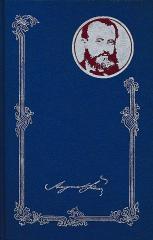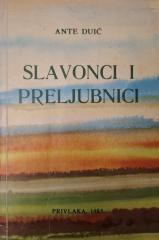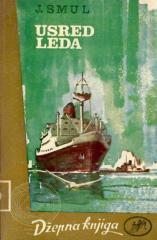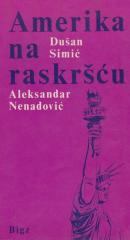
Nunamiuti: među eskimima na Aljaski
Nunamiut - Eskimos (Labrador Algonquian: those who eat raw meat or, according to recent interpretations, those who knit snowshoes; they call themselves Inuit: people, singular Inuk), the population of the Arctic region.
They live in a large area from Greenland and Labrador in the east to the Bering Sea and Siberian coasts in the west and on some arctic islands (Victoria Island, Baffin Island). They used to live in the interior of North America, but the Indians (Athapaski) pushed them to the north. Eskimos are mongoloids, tawny skin, short stature. They speak the languages of the Eskimo branch of the Eskimo-Aleut languages.
Traditionally, coastal Eskimos were fishermen and hunters of seals, walruses, whales, and inland hunters of reindeer, bears and musk oxen. Towards the end of the XIX century they began to breed reindeer in Alaska, and from 1930 in Canada as well. Their fur clothing and overall equipment (harpoon, dog sled, kayak, windbreaker with hood - anorak, hut made of ice blocks - igloo, etc.) are perfectly adapted to the polar region. Fine art is predominantly miniature (carvings made of walrus bone); wood and bone carving was developed in Alaska and Greenland, and today in Canada, stone sculpture is also developed.
They live in kinship groups. The main person in the community is the shaman, who is considered a mediator between the world of spirits, nature and people. The Eskimos have many myths; they believe in the afterlife and the underworld. Despite today's acquisition of modern civilizational achievements, approximately 150,000 Eskimos strive to preserve their ethnic identity.
One copy is available
- Slight damage to the dust jacket





